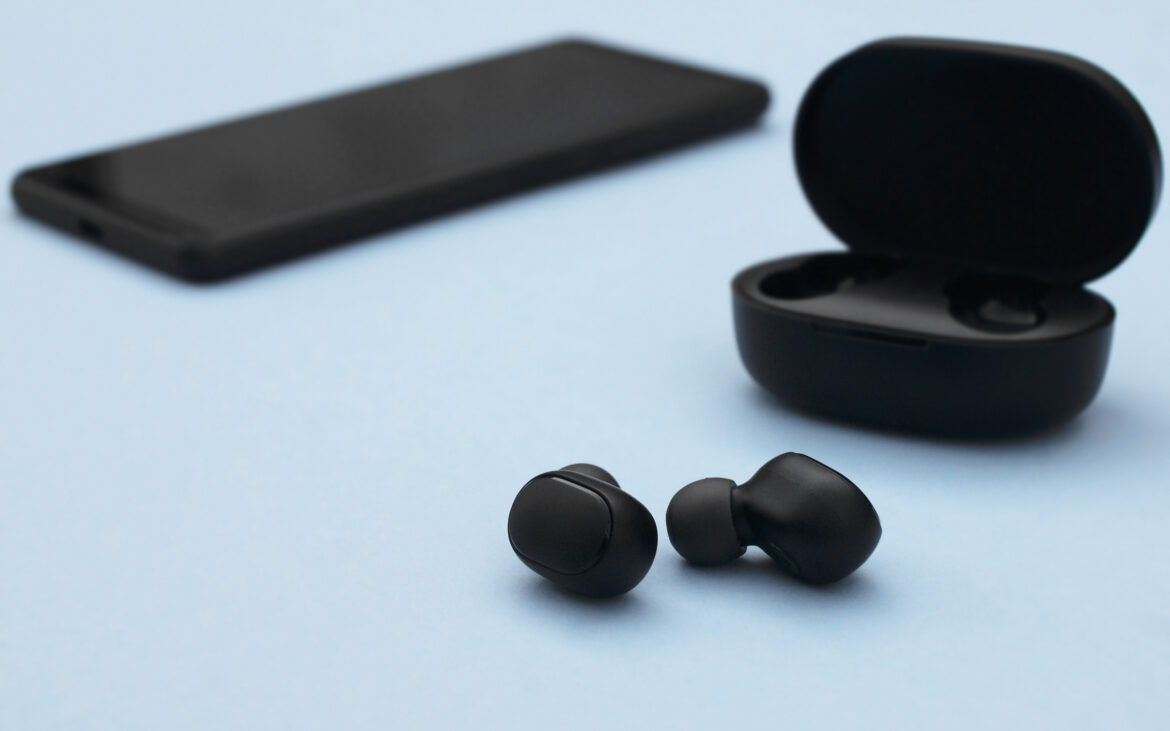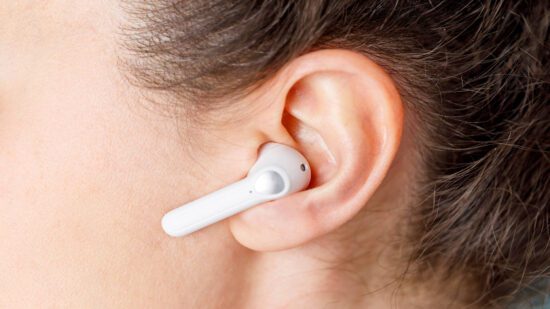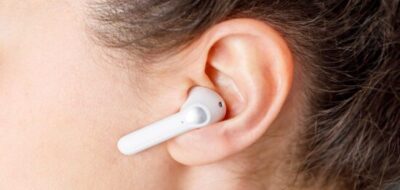As a live musician, you know how important it is to have good quality sound equipment. This is especially true if you are performing in front of a large audience. Monitors can help you hear yourself and your bandmates more clearly, and they can also prevent feedback from the stage speakers.
In-ear monitors are becoming increasingly popular among live performers, as they offer a number of advantages over traditional floor monitors. But are they really worth the investment?
Benefits of In-Ear Monitors for Live Performances
In-ear monitors provide a number of benefits for live performers.
1. In-ear monitors provide a more personal listening experience.
Each member of your band can have their own mix of sounds, delivered directly to their ears via small earbuds. This allows each musician to hear exactly what they need to, without being distracted by other instruments or stage noise.
The sound quality also tends to be better, assuming you opt for good in-ear monitors with many drivers (generally you’ll want at least 4 for decent sound).
2. In-ear monitors can help prevent feedback.
If your stage speakers are pointing directly at your microphone, they can cause feedback. But if you’re using in-ear monitors, the sound is coming directly into your ears, so there’s no need for the speakers to be as loud. This can help reduce or eliminate feedback issues.
3. In-ear monitors can improve onstage communication.
Since each band member can have their own mix of sounds, it’s easier to communicate with one another onstage. You can hear each other better, and you won’t have to yell as much.
4. In-ear monitors are less likely to cause hearing damage.
Floor monitors can be very loud, and if you’re standing close to them, they can damage your hearing. In-ear monitors deliver the sound directly to your ears, so you can keep the volume at a safe level.
5. In-ear monitors are more compact and portable.
If you’re touring, you’ll appreciate how much easier it is to pack and transport in-ear monitors than floor monitors. They take up less space, and they’re less likely to be damaged during travel.
Drawbacks of In-Ear Monitors for Live Performances
In-ear monitors also have a few potential drawbacks.
1. In-ear monitors can be expensive.
Depending on the brand and features you choose, in-ear monitors can be quite costly. If you’re on a tight budget, traditional floor monitors may be a better option.
2. In-ear monitors can be uncomfortable to wear.
If you’re not used to wearing earbuds, they can be quite uncomfortable. And if they don’t fit properly, they can fall out during your performance.
3. In-ear monitors can still cause hearing loss.
If you use in-ear monitors at high volumes, they can damage your hearing just like floor monitors or any other type of loudspeaker. Be sure to keep the volume at a safe level to avoid hearing loss.

Custom vs. Universal In-Ears
When shopping for in-ear monitors, you’ll have the choice between custom and universal models. Custom in-ears are made to fit your specific ear shape, so they’re more comfortable and less likely to fall out. They’re also more expensive than universal models.
Universal in-ear monitors can be used by anyone, but they’re not as comfortable or secure as custom models. They’re also more likely to cause hearing damage if you use them at high volumes.
If you’re serious about your live performances, custom in-ears are absolutely worth the investment. But if you’re on a budget, universal in-ears will still offer some benefits over traditional floor monitors.
How To Get Molds Made For Custom In-Ears
If you’re looking for custom in-ears, you’ll need to get molds made of your ears. This process is usually done by an audiologist or other hearing healthcare professional.
First, they’ll apply a putty-like material to your ear. Once the material hardens, they’ll remove it, along with a mold of your ear. This mold is then used to create a custom-fit in-ear monitor.
The molding process is quick and easy, and it only takes a few minutes to complete. Once you have your molds, you can send them to a company that specializes in custom in-ear monitors, or you can use them to make your own monitors using an in-ear monitor kit.
The cost is quite reasonable, generally costing between $25 and $50.
In Summary
In-ear monitors offer many benefits over traditional floor monitors, including improved sound quality, onstage communication, and portability. They can also help protect your hearing.
While in-ear monitors are more expensive than floor monitors, they’re worth the investment if you’re serious about your live performances. If you’re on a budget, universal in-ear monitors are a good option. Either way, you’ll enjoy improved sound and peace of mind onstage.










